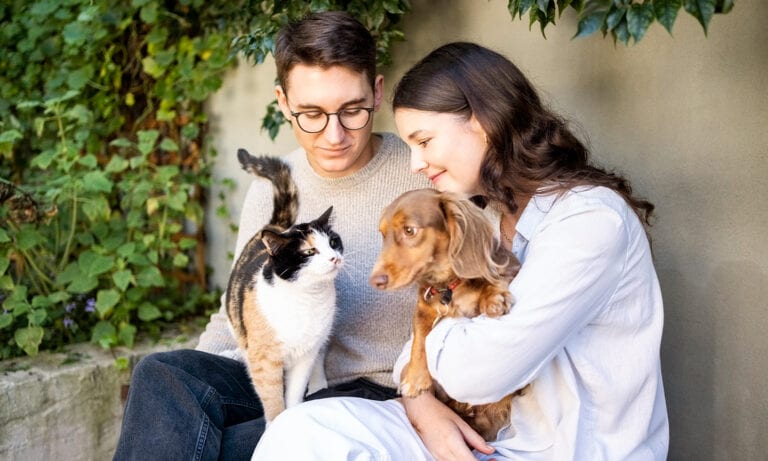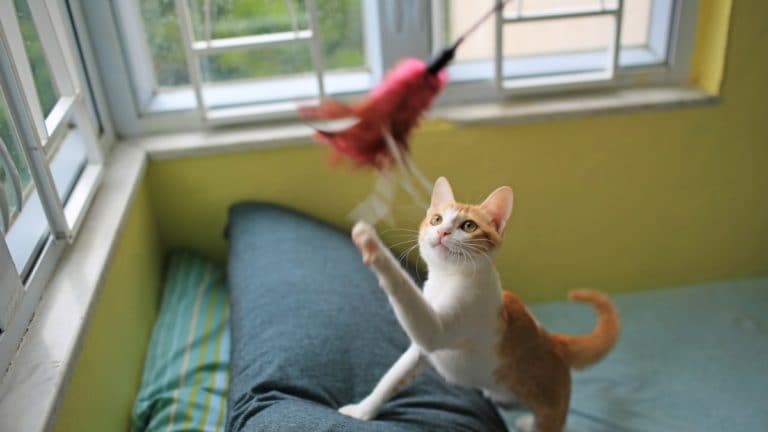Whether you hit the gym every day or haven’t dusted off your estranged sneakers in months, you know it’s important to exercise. As you learned in health class, working up a sweat boosts your mood, slims your waistline and, along with the proverbial apple a day, keeps the doctor away. The same is true of dog exercise.
So why do so many of us forget this basic health requirement when it comes to our furry friends? Your dog needs exercise to be their happiest and healthiest selves. Here, find out why it’s important to make sure your dog is getting in his cardio and how you can be a better workout buddy.

iStock.com/PeskyMonkey
1
Exercise Combats Anxiety
There’s nothing like a spin class to clear your head after a stressful day at work. As the endorphins kick in, those feelings of restlessness and anxiety seemingly melt away (or at least take a back seat).
Similarly, exercise decreases anxiety in dogs, says Dr. Stephanie Borns-Weil, a veterinarian and clinical instructor at Tufts University’s Cummings School of Veterinary Medicine. Pet parents who ensure their pups are physically fit will be less likely to return home to a chewed-up couch.
“Because exercise decreases anxiety overall, lack of exercise can contribute to anxiety-based conditions,” she says. “More specifically, lack of exercise and mental stimulation can lead to attention-seeking and destructive behaviors.”
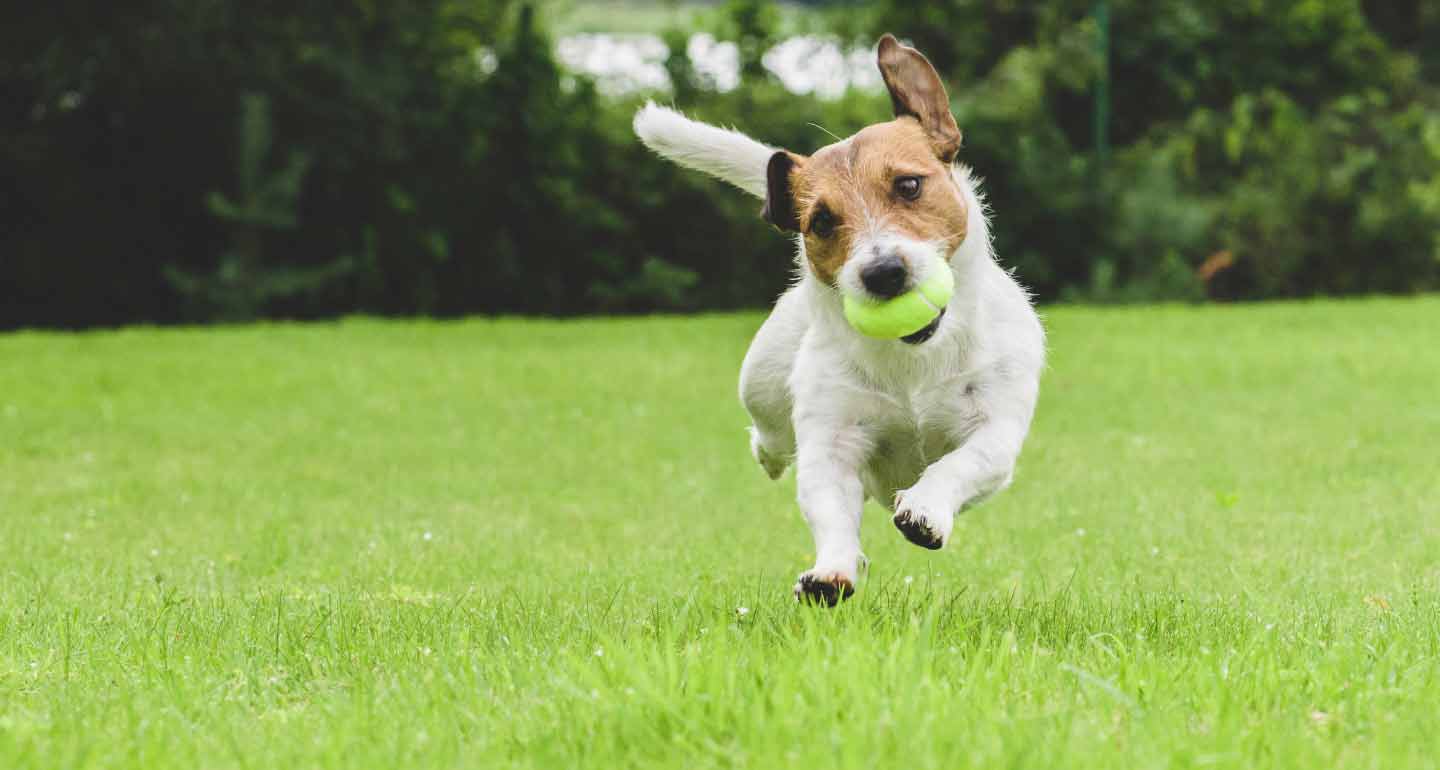
iStock.com/alexei_tm
2
More Activity, Less Aging
Unfortunately, we can’t completely prevent our dogs from racking up the birthdays. But, as with humans, getting the proper amount of exercise can help keep your dog’s mind sharp and ward off some age-related diseases, says Borns-Weil. While it’s important for senior dogs to stay active, it’s equally important to adjust their routine and remember that those high-speed puppy days are over.
“While being old is not a disease, it is important to get advice from your dog’s veterinarian about how much exercise and what types of exercise are appropriate for an individual senior dog,” she says. “If a dog is stiff and has difficulty rising on the morning after a big romp, an owner may need to scale back or choose a different form of exercise.”
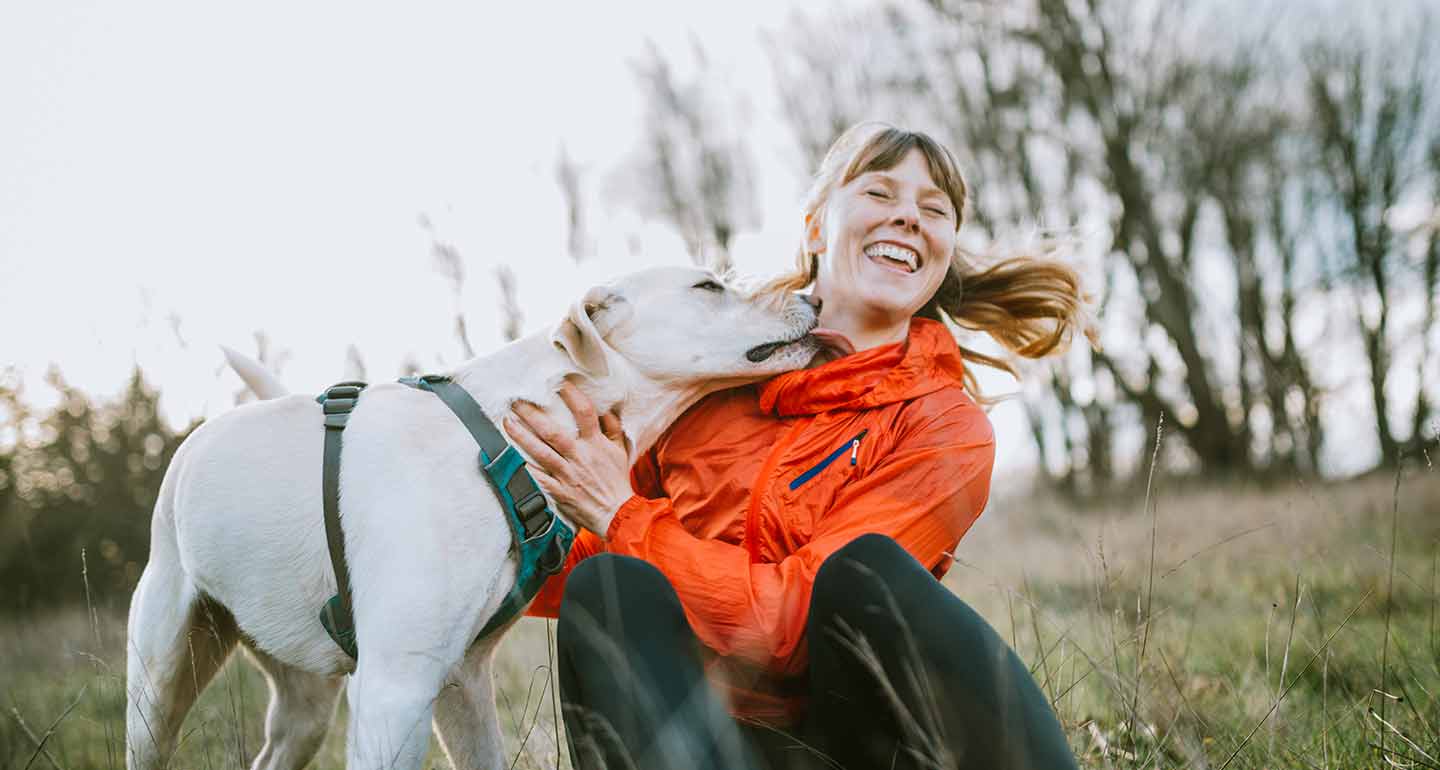
iStock.com/RyanJLane
3
Exercise Strengthens Your Bond
Tricia Montgomery’s veterinarian was blunt: both she and her beloved Basset Hound, Louie, were obese, and their collective lack of exercise was impacting Louie’s health. This conversation was the beginning of K9 Fit Club, Montgomery’s workout program designed to get dogs and their owners moving together.
Not only did the weight come off—Montgomery dropped 140 pounds, while Louie lost four and saw his health improve—but their bond strengthened once exercise was an engaging, shared activity.
“It’s amazing to see that human-animal bond,” she says. “My attitude changed, and his attitude changed. Your best workout partner is your dog—they’re never going to cancel on you, they’re never going to complain.”
K9 Fit Club offers workouts tailored to humans and canines of all fitness levels, but Montgomery stresses that it’s easy to begin exercising with your pup.
“Anything you can do on your own, you can do with your dog,” she says. “Even just shuffling back and forth and moving sideways with each other—it’ll improve your balance and cardio.”
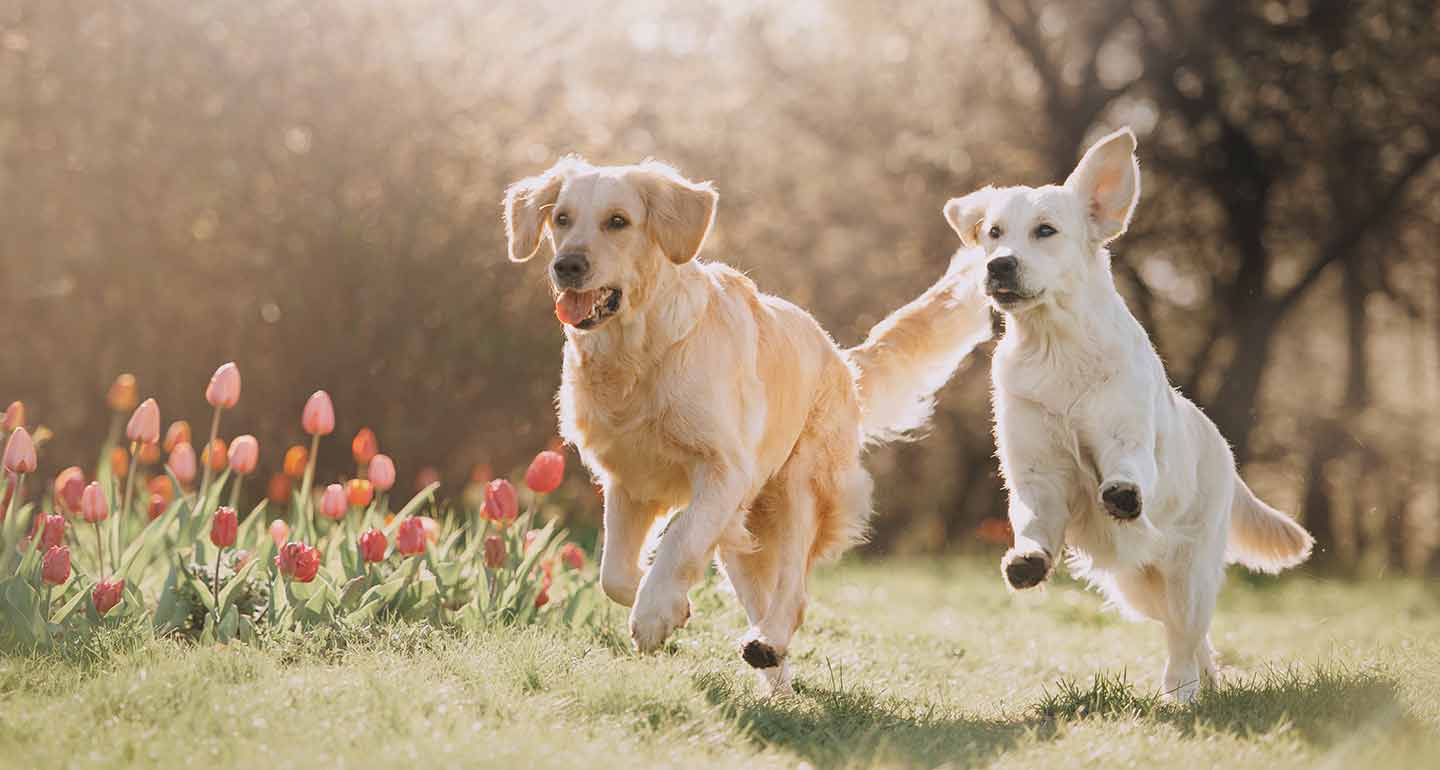
iStock.com/Ksenia Raykova
4
Active Joints Are Happy Joints
Safe, age-appropriate exercise is one of the best ways to ensure that your pet’s joints stay happy and healthy. Not only will a healthy weight prevent excess pressure, but exercise ensures that the joints stay lubricated while strengthening the supporting muscles, says Beckie Mossor, a licensed veterinary technician and a trainer with K9 Fit Club.
“Doctors say a sedentary lifestyle is the new smoking, and it’s similar with dogs,” she says. “These are preventable problems.”
Before increasing your dog’s activity levels, Mossor suggests consulting with your veterinarian and, when out and about, thinking like a dog. For example, just because you love going for a long run on the beach doesn’t mean your Rottweiler will. Seashells can be painful on sensitive paws, and direct sun can quickly cause your big buddy to overheat.
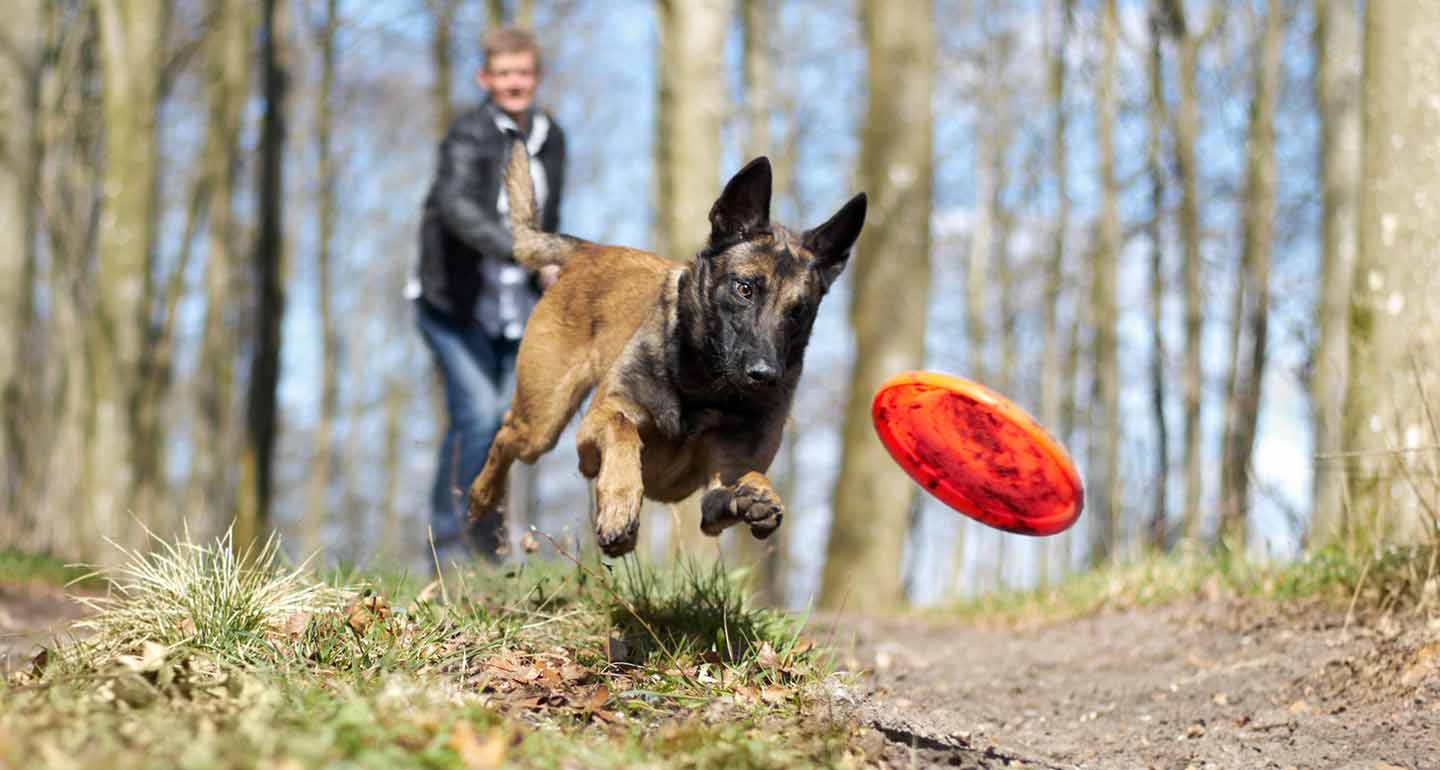
5
Your Dog Needs a Job
Your dog may not have a credit card bill, but he still needs a job. Whether your dog’s ancestors were bred for hunting or herding, it’s important that he be able to act on his instincts—and unless you have a fox hunt on the calendar or a flock of sheep handy, that means providing engaging dog exercise opportunities.
“Dogs like to have a job,” says Borns-Weil. “If a dog does not have a breed- and age-appropriate job, for example chasing a Frisbee, he’ll give himself a job, such as barking excessively at passersby or turning over the trash.”
The good news? His resume is already perfect.
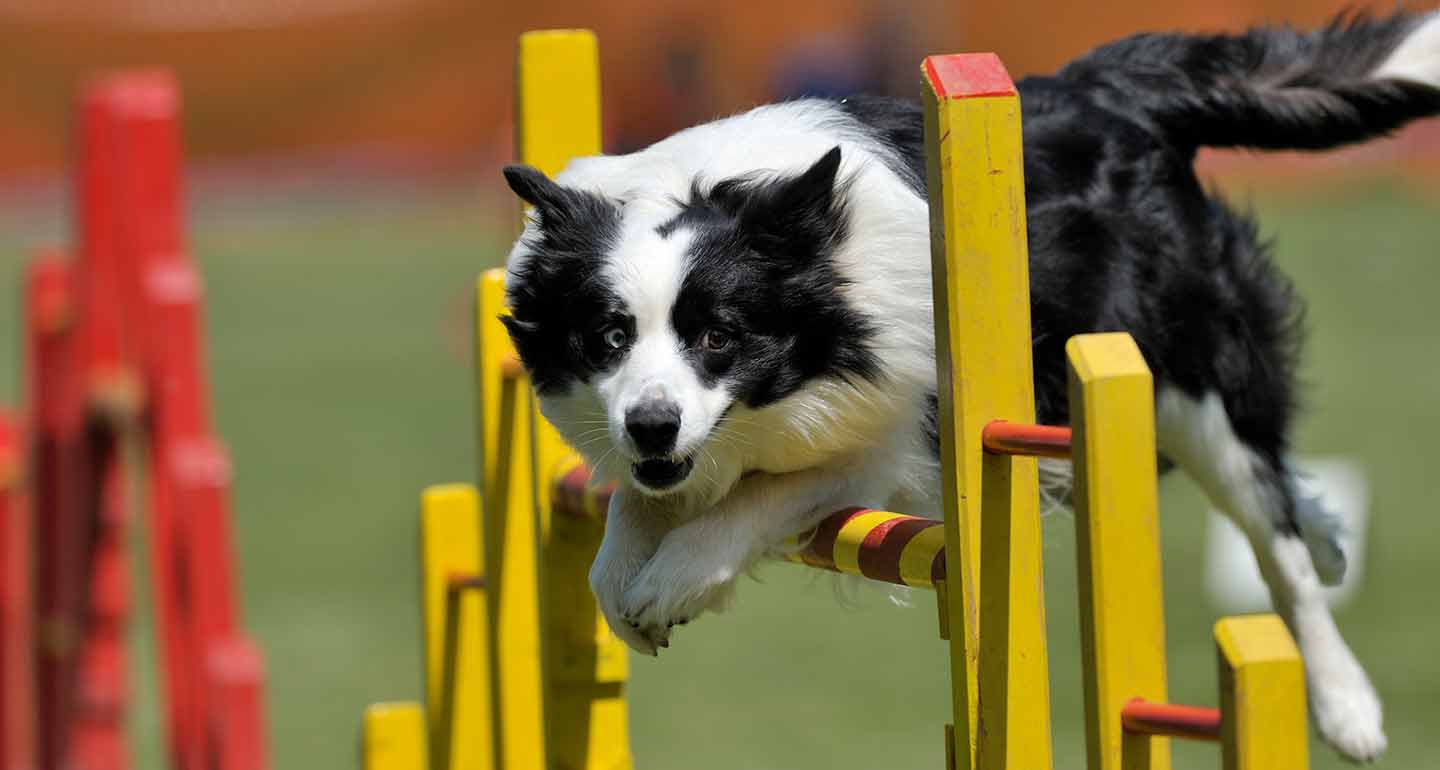
iStock.com/s5iztok
6
The Mind Needs a Workout
A creative, thoughtful exercise routine doesn’t just provide a physical workout—it provides valuable mental stimulation as well. Introducing your dog to a new game or interactive workout will put his thinking cap on, says Mossor.
“Many of us haven’t taught our dogs anything new since they were puppies,” she says. “Can you imagine if you didn’t learn anything in your job after six months? You’d be so bored!”
Have a smarty-pants in need of a challenge? Consider enriching games such as flyball or agility courses.
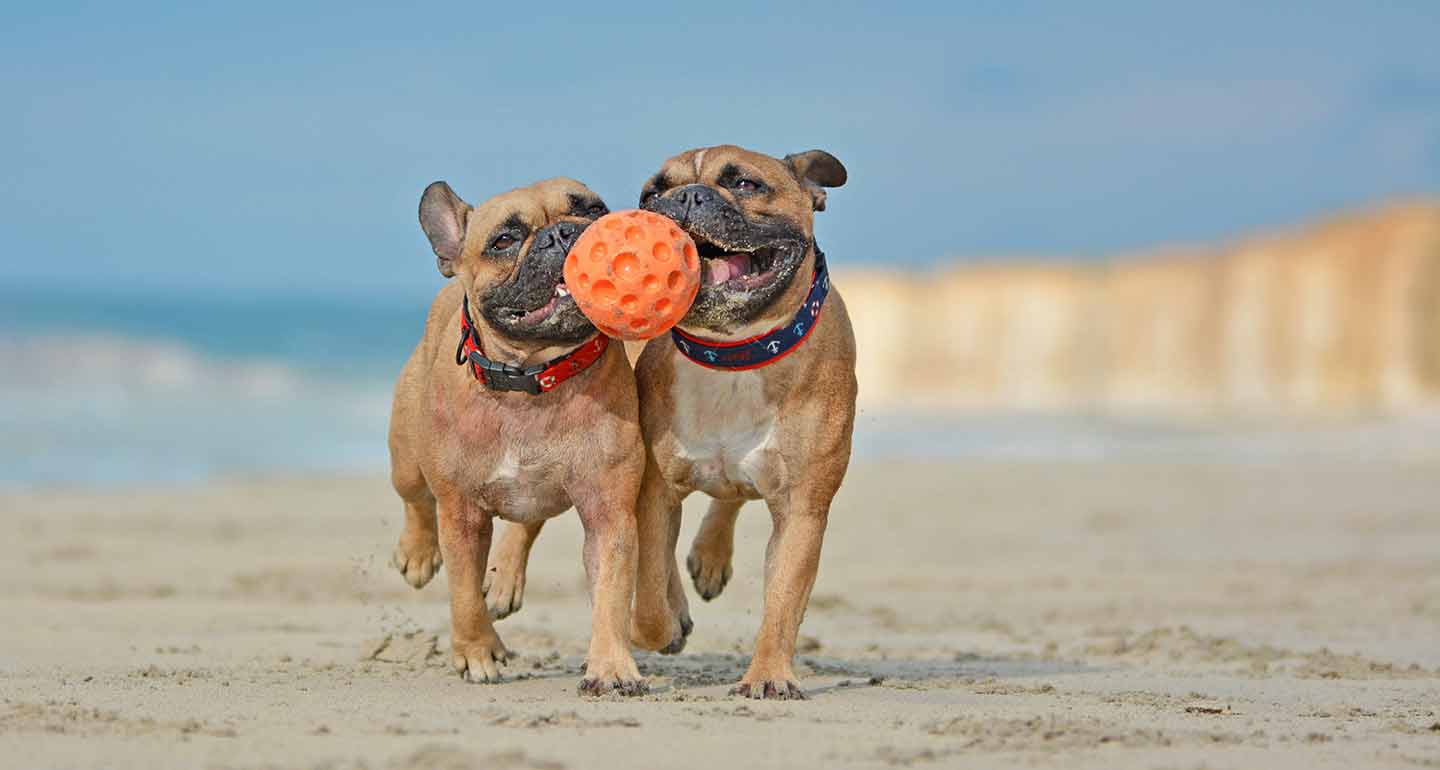
iStock.com/Firn
7
Good Play Means Good Socialization
Like us, it’s important that dogs understand how to get along with their peers and behave in social situations. And, as with humans, the best place to learn these skills is on the playground, early in life.
“Exercise can and should be part of a whole program of exposure to other dogs, people and environmental stimuli,” says Borns-Weil. “This is necessary for proper socialization, particularly during young puppyhood.”
Not only does a spirited romp at the dog park promote good doggie relationships, but it also ensures that puppies and young dogs receive the proper level of exertion. For most dogs, Borns-Weil says, a leisurely stroll around the block simply won’t satisfy their aerobic exercise needs.
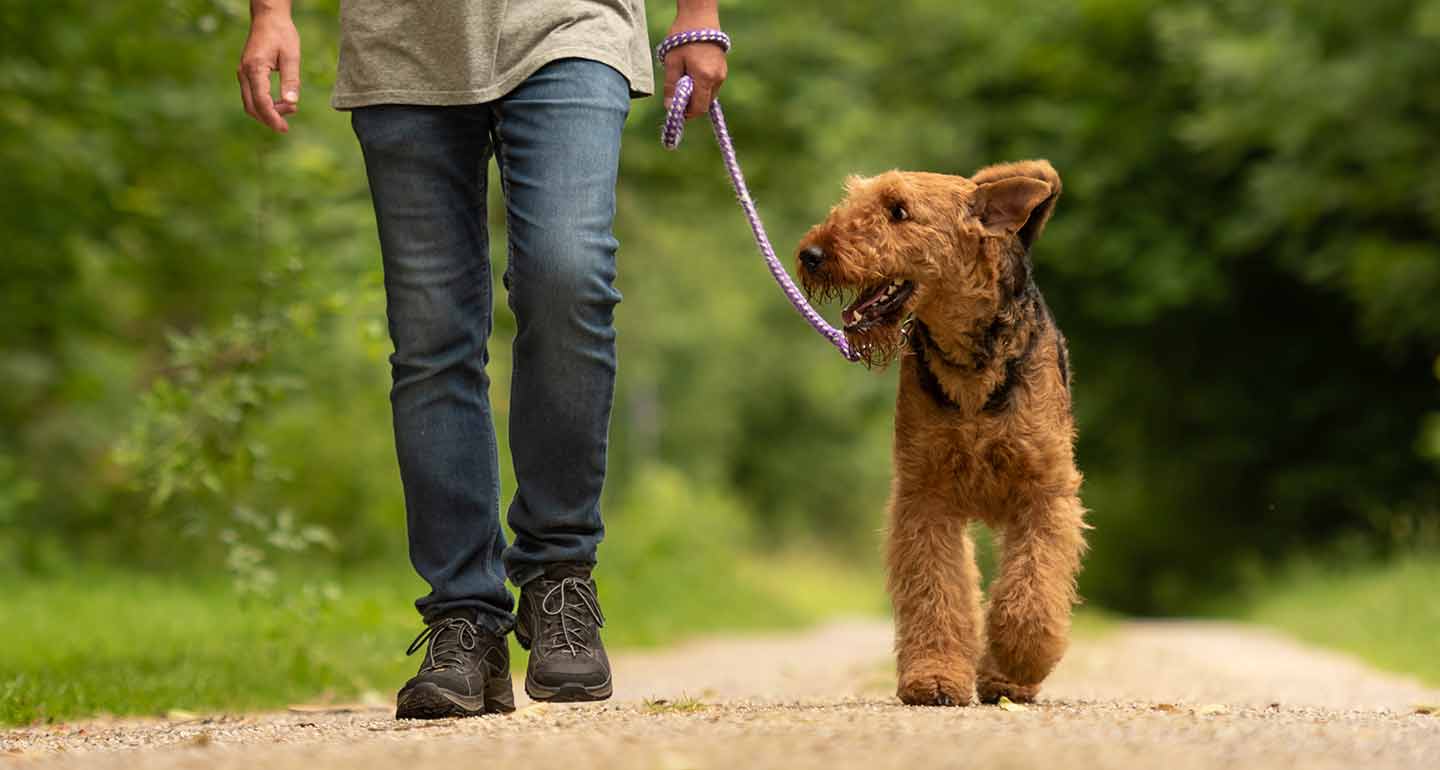
iStock.com/K_Thalhofer
8
Exercise Leads to Obedience
Who’s a good boy? An exercised boy.
If you wish your pup would sit and stay with more enthusiasm, more interactive activity could be the key. When you spend time playing with your pup and teaching him new games, the relationship strengthens on all fronts and leads to more obedient behavior.
“What you’re doing is building trust, and that carries over into general obedience,” says Mossor.
Share:



